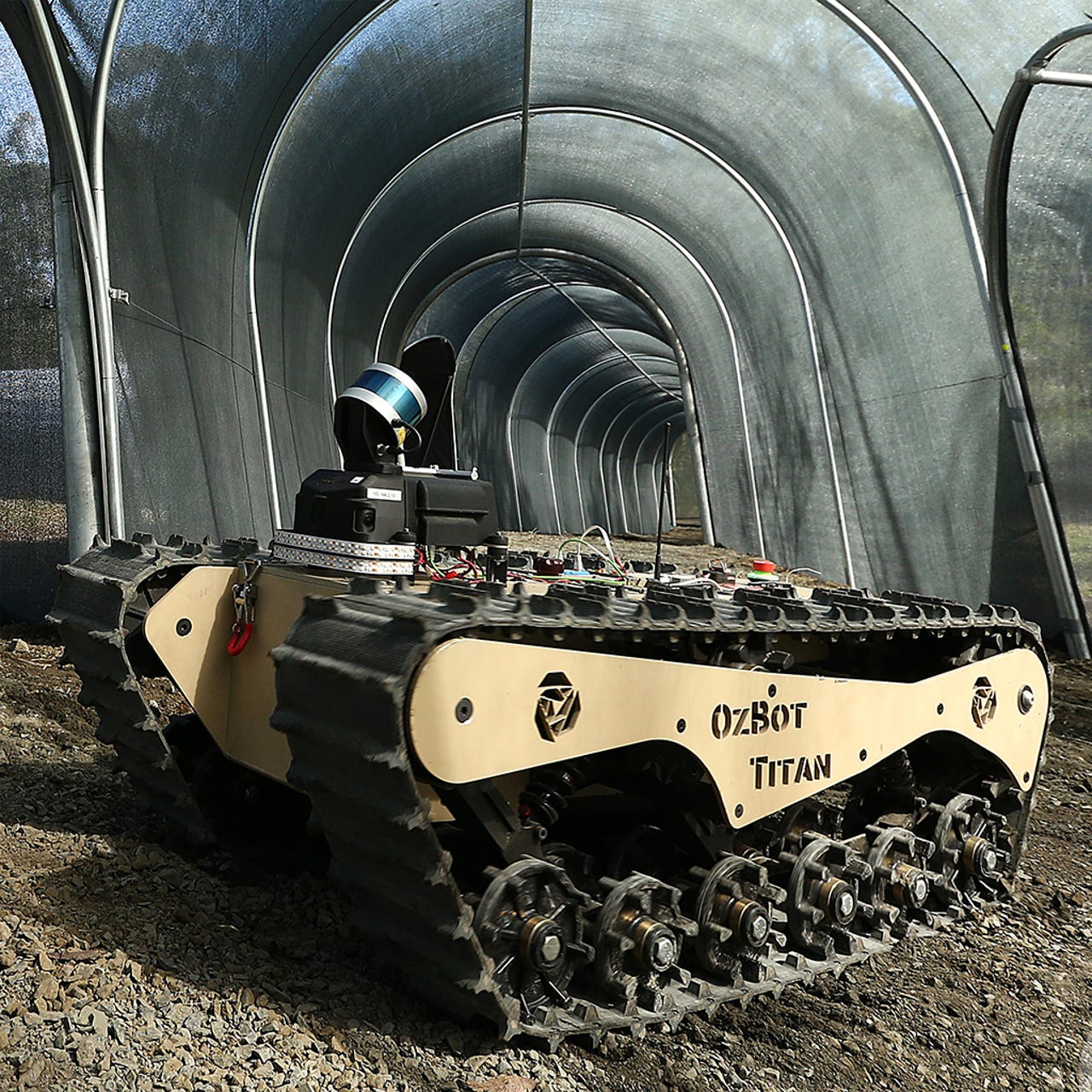Australian-designed autonomous trucks could head to the moon


Autonomous trucks currently used at mining sites in the Pilbara, Western Australia, could potentially be used to assist the National Aeronautics and Space Administration (NASA) achieve its goal of establishing a permanent base on the moon, according to Fred Pauling.
As team leader of the Robotics Group at Data61, the innovation arm of the Commonwealth Scientific and Industrial Research Organisation (CSIRO), Pauling told ZDNet that the autonomous robots and machinery being built by his team could fit "quite well into space".
"It makes sense to include robots that can build things, set things up, and maintain things," he said.
"In the initial phases there would be no human beings and that robotics infrastructure would need to be managed from Earth. Taking the experience we have in designing the user interface and communications infrastructure, and the autonomous robots and machinery, that's where we can have quite a lot of impact. Australia is well set up and regarded in all three of those areas."
Pauling and his team have been developing autonomous field robotics to be used in challenging, unstructured environments as part of the subterranean challenge set by the Defense Advanced Research Projects Agency (DARPA).
As the only Australian-led team to participate in the challenge, the team has developed a group of robots that can autonomously explore and map unknown subterranean environments.
One of those robots, developed in partnership with BIA5 and Deakin University, is OzBot Titan. Mimicking the design of a mini tank, Titan is currently used by the Queensland Police's Special Emergency Response Team to break down doors and help hostages out of siege situations.
According to Pauling, such autonomous robots can also be used for other applications where there are potentially inherent dangers, such as during mining disasters and earthquakes, or by the military.
"In the agriculture or horticulture space where there's a declining workforce capability and growing businesses, it makes sense to include robots to take up some of those tasks. Those environments can sometimes be challenging: It's hot, it rains, there's dirt, there's weed and you're not exactly sure what you're going to see," he said
"For the defence force, they're on deployment in a tough environment like the bush, and they'll need some support to carry equipment so how can you build systems that can move through those tricky environments?"
See also: TomTom steers toward progress with autonomous test vehicle (TechRepublic)
Data61 has also been developing autonomous light utility vehicles for industrial sites that are fitted with navigation technology to manoeuvre environments that would be difficult to model.
"There's a huge investment for autonomous on-road vehicles and most of those systems can leverage a lot of the features such as lane marking. But if you're in an industrial site, it's very unlikely you'll have those features you can rely on," Pauling said.
"What we're trying to do is build more general-purpose navigation and localisation technologies that can support safe movement in very complex and industrial environments indoors or outdoors."
As part of developing its autonomous vehicles, especially for mission-critical scenarios, Pauling said securing the technology has been a top priority,
"There are a lot of people who want to take over these machines, so it's very important to design systems so they are secure," he said.
"From an architecture perspective, encryption and the protocols you're using need to be considered and definitely there's a very strong need for that, particularly if you're spending a huge amount of money and time into systems that are largely operating on their own to make sure no-one is getting and using it for bad things."
Related Coverage
- Postal robots take to the streets with backing from Toyota AI Ventures
- Blackberry and Jaguar Land Rover to partner on autonomous vehicles
- How will autonomous vehicles affect your industry?
- Denso and Blackberry launches autonomous vehicle interface
- 'Optionally manned' robotic gun is Army's latest step toward autonomous weapons
- Canberra gives AU$32m for autonomous decision-making research
- Boeing to develop AI systems with Defence's autonomous research centre